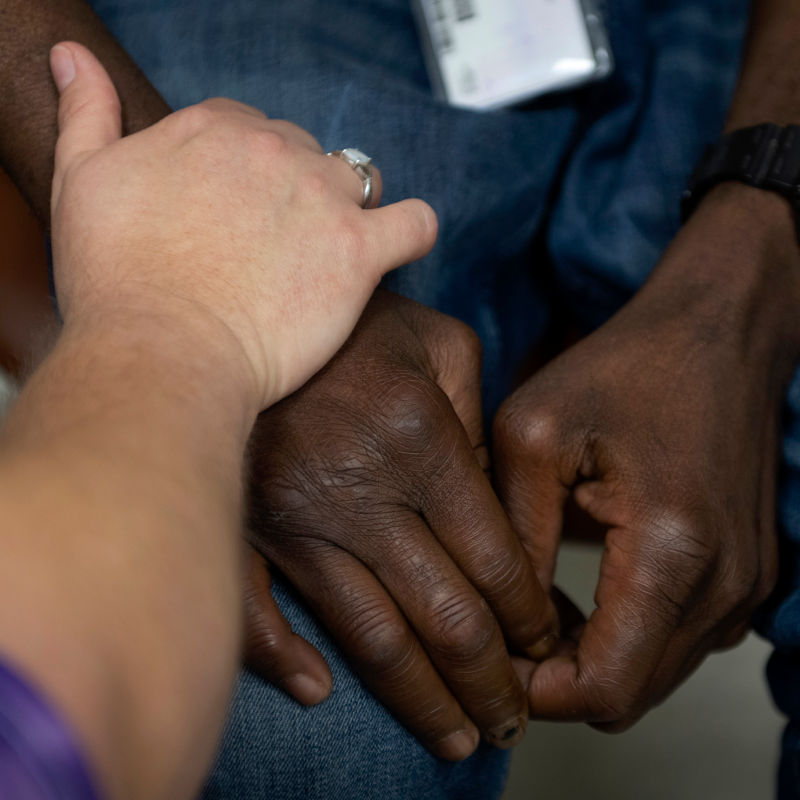Expert care for your hand and wrist pain
Welcome to the Hand Institute of Charleston, your destination for hand and wrist care! Our board-certified, fellowship-trained, orthopedic hand and wrist surgeons deliver specialized, state-of-the-art treatments for your hand and wrist problems.
If you’re suffering from hand or wrist pain, hand numbness, tendinitis, tingling or stiffness in your hands or wrists, our expert team is here to understand what your symptoms mean and determine the best treatment. Our remarkable team takes the time to listen to you and develop a customized treatment plan to bring you the best possible outcomes.
Common hand & wrist pain causes:
Carpal tunnel syndrome is a condition that occurs when a nerve in the wrist (the median nerve) is pinched or compressed as it travels through a tight area deep in the palm called the carpal tunnel. Symptoms can range from finger numbness to weakness in hands and pain.

Arthritis literally means “inflamed joint”, and usually refers to any damage to the joints of the body. There are 36 joints in the hand and wrist, and several areas that are commonly affected by arthritis. Treatment plans depend on the type and severity of your condition. Our expert team can usually diagnose your symptoms in one visit and help you with a wide variety of both nonoperative and operative treatment options.

Tendonitis is a very broad term referring to inflammation of one or more tendons. This commonly occurs in several locations throughout the hand and wrist. It is often seen in the setting of overuse injuries, and with repetitive motion activities, but can have a wide variety of causes.
- Overuse or repetitive activities, work or sports injuries
- Swelling due to pregnancy, or repetitive lifting of newborns
- Inflammatory diseases (rheumatoid, gout)
- Direct injury to the tendons, lacerations

Most fractures are caused by injuries that involve significant force, such as falls, automobile accidents, sports accidents, or work accidents, but even seemingly minor injuries can sometimes cause a fracture of the small bones of the hand and wrist. Symptoms of a fracture of the hand or wrist can include:
- Pain, swelling or stiffness
- Bruising
- Clicking or popping
- Deformity of the injured area

See Us for Diagnosis and Treatment of Your Hand or Wrist Fracture or Other Issues
If you are experiencing hand or wrist pain, our expert team can often diagnose the problem in one visit, and get you started with a treatment plan.